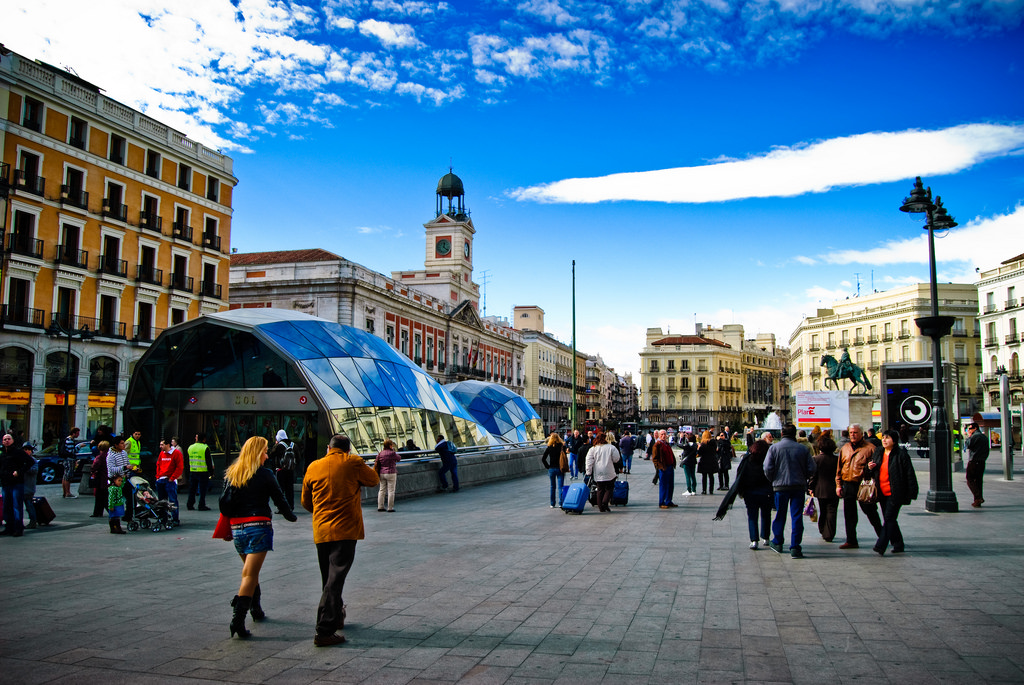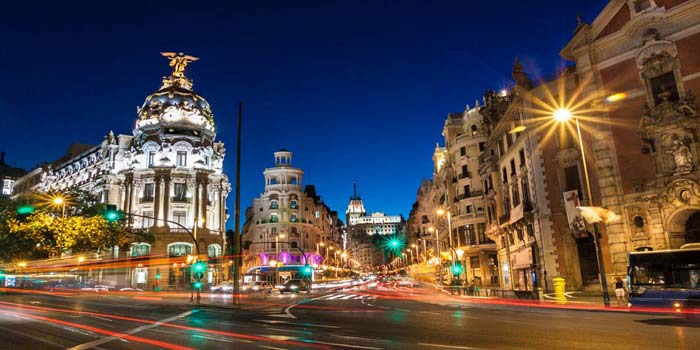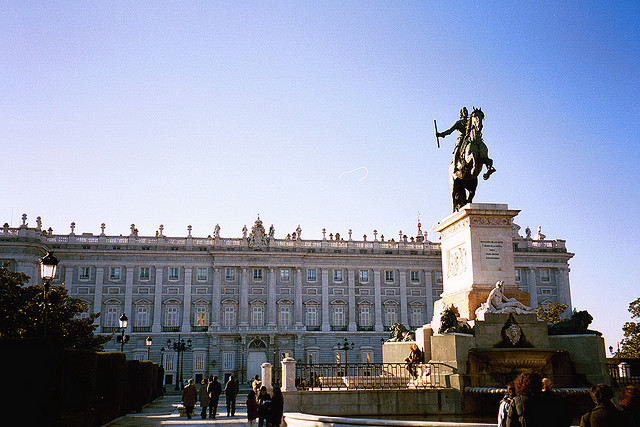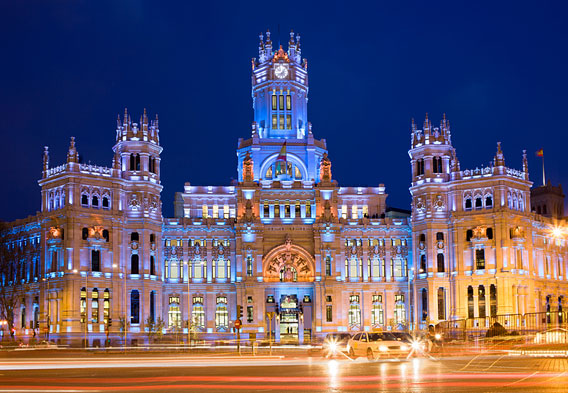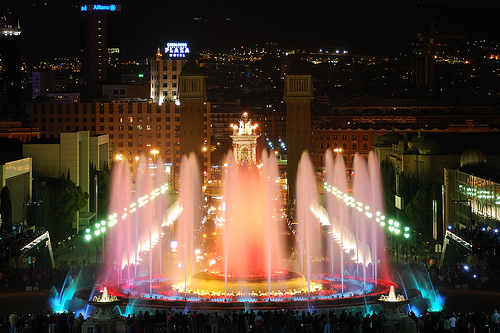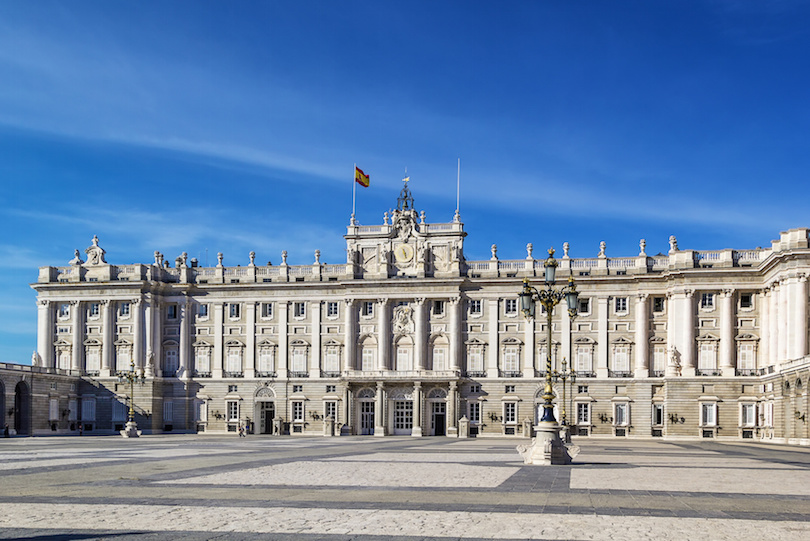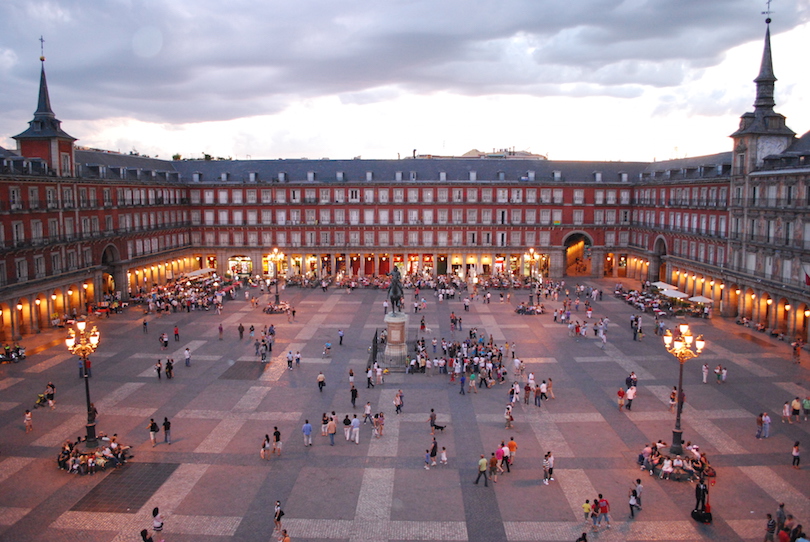Venue & Hospitality
Welcome to the Official Attendee Housing Site for the 11thEuropean Nutrition and Dietetics Conference.
Nutrition Congress 2017 will be held in the beautiful and exciting city of Madrid, Spain. The Conference will take place at following venue and dates.
Melia Avenida America
Calle Juan Ignacio Luca de Tena,
36, Madrid 28027,
Spain
Conference Dates: June 29-30, 2017
Hotel Services & Amenities
- Audio/Visual Equipment Rental.
- Business Center.
- Business Phone Service.
- Complimentary Printing Service.
- Express Mail.
- Fax.
- Meeting Rooms.
- Office Rental.
- Photo Copying Service.
- Secretarial Service.
- Telex.
- Typewriter.
- Video Conference.
- Video Messaging.
- Video Phone.
- ATM.
- Baggage Storage.


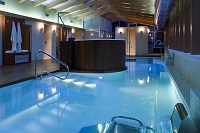
Transportation
Driving Directions to
Melia Avenida America from Madrid-Barajas Airport- 8min (6.3 Km)
Get on M-14 from Av de la Hispanidad - 2 min (1.5 km)
- Head east on Camino Cuartel - 50 m
- At the roundabout, take the 2nd exit - 270 m
- At the roundabout, take the 2nd exit onto Av de la Hispanidad - 1.1 km
- At the roundabout, take the 3rd exit onto the M-14 ramp to M-40/E-90/A-2/Madrid/Zaragoza - 110 m
Take E-90/A-2 to Calle Peonías. Take exit 8 from E-90/A-2 – (3 min (3.6 km)
- Merge onto M-14 - 500 m
- Use the right 2 lanes to take exit 1 to merge onto E-90/A-2 toward Madrid - 3.0 km
- Take exit 8 toward Avenida 25 de Septiembre/Avenida de los Andes - 190 m
Continue on Calle Peonías. Take Puente de Felipe Juvara to Calle Juan Ignacio Luca de Tena - 3 min (1.2 km)
- Continue onto Calle Peonías - 500 m
- Turn right onto Glorieta de Yucatán - 180 m
- Turn right onto Puente de Felipe Juvara - 300 m
- At the roundabout, take the 1st exit onto Calle Juan Ignacio Luca de Tena
- Destination will be on the left.
Route Map
About City
Madrid is the capital of Spain, and is home to the Spanish Royal family as well as the Spanish Government. It is a modern metropolitan city and an economical and industrial centre of Spain, and, with its population of nearly 3.5 million people, is also the biggest city in Spain.
It is located in the centre of the Iberian Peninsula, and is surrounded by mountains and natural parks. Although it is located in the centre of the country, it has traditionally been the hub between different areas of Spain and is therefore connected to all major Spanish cities by train, road or air.
The weather in Madrid varies a lot depending on the season, from hot and dry in the summer, with temperature of approx. 29ËšC to 4ËšC and with some rain in the winter.
Madrid has many artistic attractions, thanks to the different styles that have left their imprint in the city over the centuries.
From the remains of the old Arab wall, to small Gothic churches and early Renaissance works, Madrid boasts a multitude of rich and varied works of art. Madrid comes from the Arabic word Magerit ("mother of waters"), which was the name that was given to the fortress built on the banks of the Manzanares River by the Umayyad of Cordoba, Muhammed (823-886). Although the city grew under the Arabs for two hundred years, the only remains still standing from that period are the wall and a few towers, which were turned into bell towers. The arrival of Los Austrias –as the Hapsburg dynasty was known– in the 16th century, and at the period of maximum splendour in the 17th century, brought about the monuments that today make up one of the most famous parts of the city –the area of "Los Austrias"–, along with the Plaza Mayor square, and a number of beautiful sites churches and convents. The austere Baroque façades contrast with the luxurious interiors of the palaces.
Madrid's more modern and avant-garde areas are the two avenues in the new urban expansion area –the Gran Vía and Paseo de la Castellana. The Gran Vía, which was built at the beginning of the 20th century, is a place for shopping, leisure and hotels.
Three nearby museums, located a stone's throw away from each other, make what is known as the Paseo del Arte art route. These are the Prado, the Thyssen-Bornemisza, and the Reina Sofía National Art CentreMadrid is also the site of a series of palaces and monuments that together comprise one of the most important heritages in Western history. The National Heritage organisation is responsible for safeguarding these national assets subject to the use and service of the Crown, in addition to the administration of the convents and monasteries founded by the monarchs over the centuries. These institutions contain a great wealth of artworks, and for centuries served as a driving force for Spain's culture. This group of monuments, open to the public, includes the Royal Palace in Madrid, the Pantheon of Illustrious Men, the Descalzas Reales Monastery, the Royal Monastery of La Encarnación, the El Pardo Royal Palace, the Aranjuez Royal Palace, the Royal Monastery of El Escorial, the Casita del Príncipe in El Escorial, the Casita del Infante in El Escorial and the Benedictine abbey of Santa Cruz del Valle de los Caídos.

